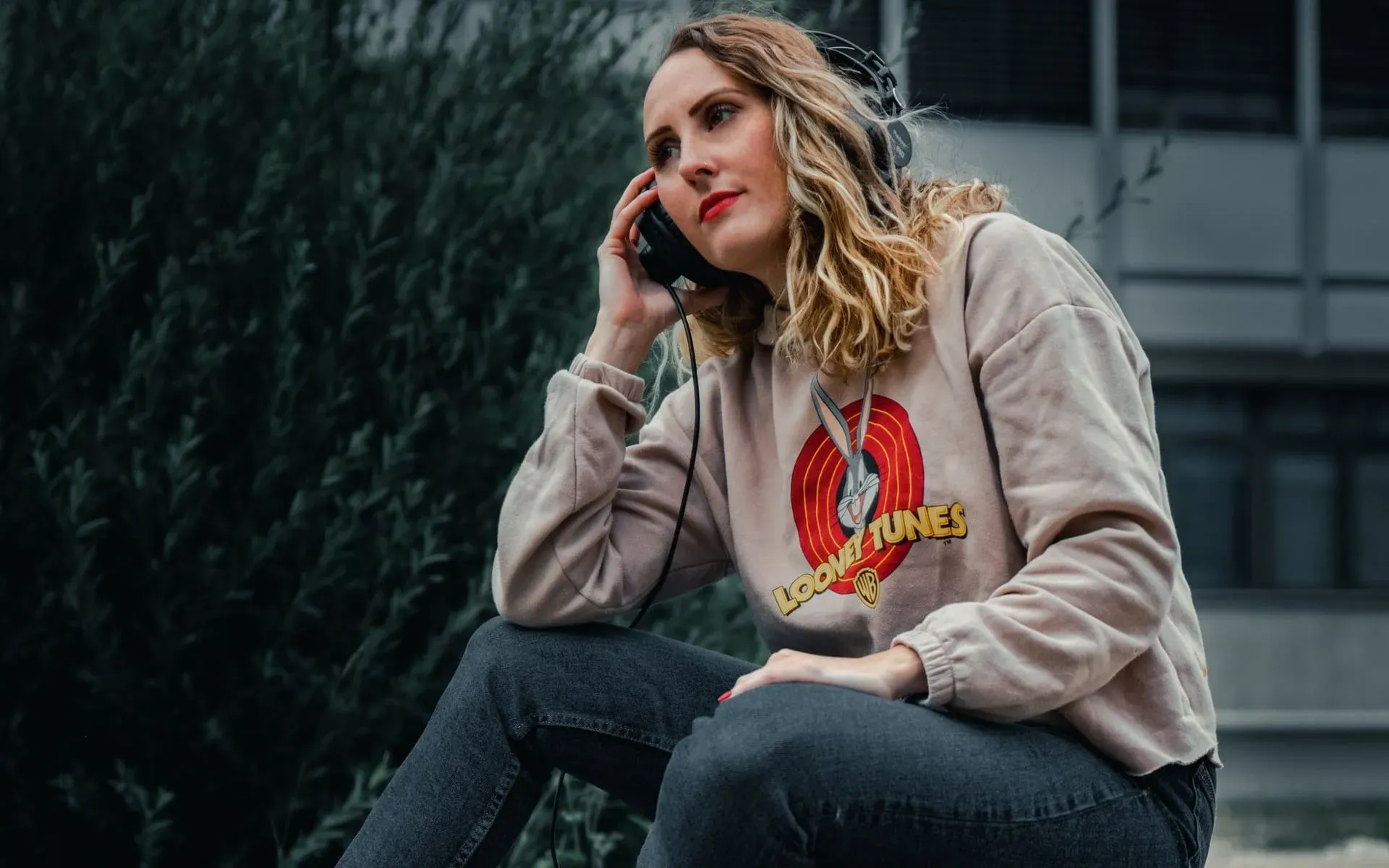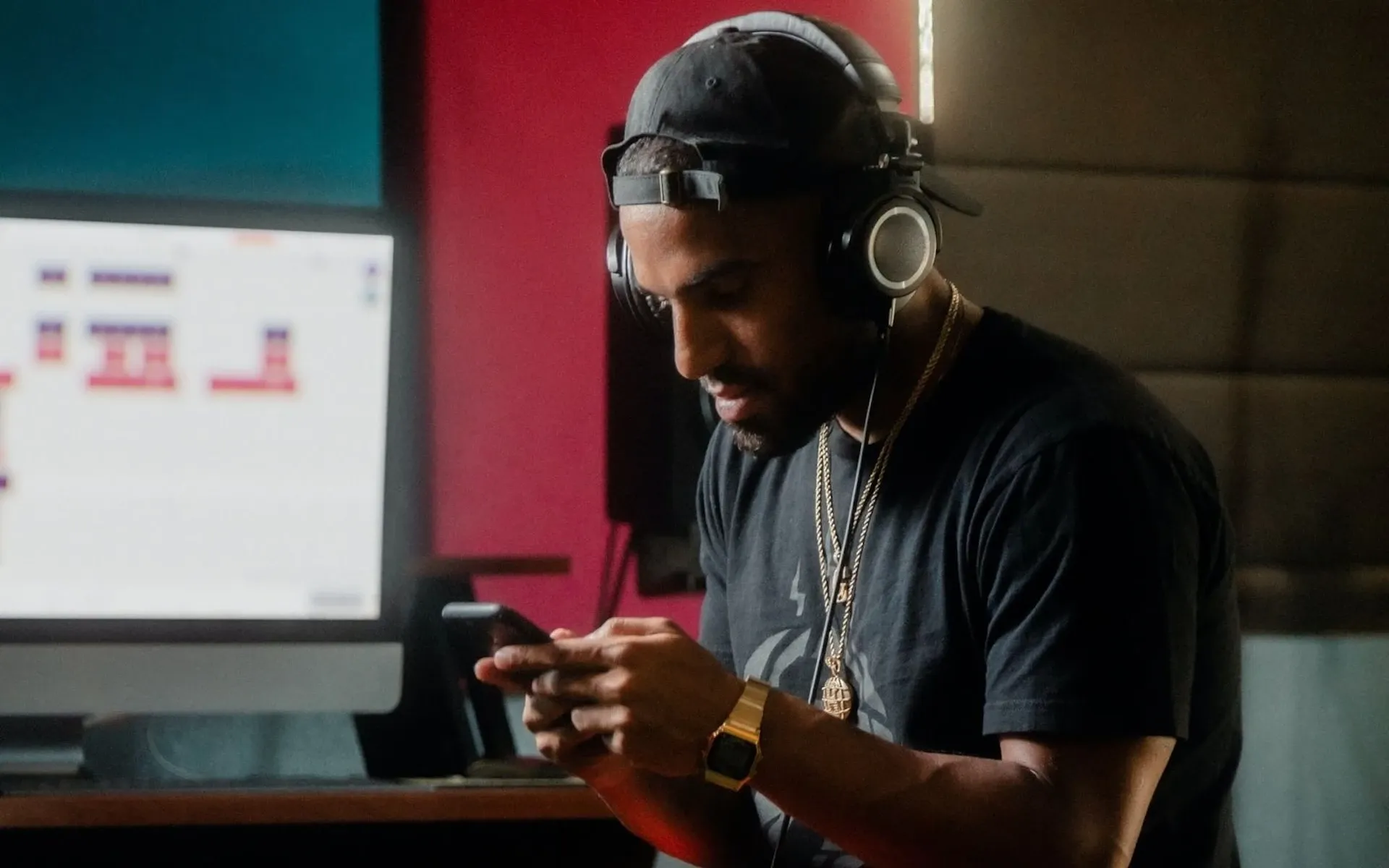What is lossless audio?
Lossless audio is widely available… but is it any good? What’s all the hype about, how high is the resolution, and can you even tell the difference? Read on to find out!

Lossless audio is widely available…but is it any good? What’s the meaning of lossless audio, how high is the resolution, and can you even tell the difference? Read on to find out.
Lossless audio: explained
The quality of music has always been debated, whether that be on CD, tape, vinyl, download, or streaming platforms. Some people argue the vinyl crackle ‘makes it sound better,’ while others insist digital is the only way. The truth is that digital music can reach higher resolution, and lossless audio is a cut above what you’re used to.
Lossless audio does as the name suggests: it’s music that doesn’t lose any quality. It’s not optimized for convenience and storage, which is what MP3 files excel at – they squash your file size down and remove some data, and it still sounds fine.
What are the lossless audio formats?
Since the advent of the MP3, technology has improved. Developers have found ways to offer high-end digital audio that matches and exceeds the precision of CDs. Files including WAV, FLAC, ALAC, and WMA are all lossless audio formats – maybe you’ve seen some of these file types knocking about in your computer’s music folder.
Lossless audio files come out swinging at a minimum resolution of 16-bit/44.1kHz, which is what you'd get from a CD. However, it has the potential to reach further. When you stream audio, higher resolution tracks will eat up more mobile data and bandwidth, as they're larger files. This means they'll take up more memory if you download them.

Can you hear the difference with lossless audio?
Unless you’re really listening, the jump to lossless can be unidentifiable. It is possible to hear an improvement when you switch to lossless audio, though, as long as you’re using the right gear! To get your money’s worth, you need to play it through a setup that’s good enough to support it.
How can I play lossless audio?
It’s worth bearing in mind that Bluetooth technology doesn't support lossless audio. It's just not powerful enough to transmit that much data at such high speeds, so it compresses the file, loses some data along the way, and becomes lossy.
There are tons of gadgets out there that support lossless audio, though. Here are a few:
Audio-Technica ATH-M20X
You can experience lossless audio on these low-budget, closed-back headphones. The ATH-M20Xs were originally designed for studio tracking and mixing, and act as a perfect gateway into lossless. They cost $59, so won't give you the most life-changing listen. Check them out here.
Sony WH-1000XM4
These are an upgrade from Sony’s stunning WH-1000XM3 headphones, with noise cancellation so good it makes you miss important life events. You can use these puppies via Bluetooth for convenience, or wired for the whole lossless experience – but at $349.99, they don't come cheap. Learn more about Sony's WH-1000XM4 here.
Maktar Spectra X2
Wait, what? This isn’t a speaker or headphone: it’s an external DAC, or digital-to-audio converter. The DAC processes the audio from your device and pumps it into your speakers, at a higher resolution than your computer or phone might allow. For example, an iPhone only goes up to 24-bit/48kHz, meaning you’d need an external DAC to experience higher resolutions. You don't need an external DAC to go lossless, but if you’re pushing into that territory, you can do worse than the dainty Maktar Spectra X2. It reaches immaculate, Hi-Res levels at 32-bit/384kHz, and you can snag one for $129.99 here.

Who uses lossless audio?
Filmmakers, game developers, and more use lossless audio for their projects. They put so much time and effort into the visual aspect of their work, so falling at the last hurdle and soundtracking it with lower-quality sounds would do them a disservice.
Physical media like Blu-rays are often built with this in mind, but video streaming services don’t currently use lossless audio. This is because the bandwidth it’d gobble up is simply too much, and the vast majority of people using these services probably won’t mind – or even notice, as the difference can be tiny! – lossy audio.
At Epidemic Sound, we get it. Lossless audio is important, but it’s not the right choice for everyone. Some people don’t think the jump in quality is that big a deal. We do.
That’s why we offer a top-drawer catalog of more than 50,000 songs and 200,000 sound effects and variations, in both MP3 and WAV format – you can download lossless audio, play around with the stems, and more.
Our catalog is high-quality, affordable, and safe. An Epidemic Sound subscription goes beyond royalty-free music, removing the headache of licensing and freeing you up to do what you do best. You can enjoy the safety of our license hand-in-hand with our massive catalog, covering just about every genre you can think of. You’ll also gain unlimited access to our advanced search functions — finding the right sound’s never been easier.
It’s better than royalty-free. It’s worry-free. Get started with Epidemic Sound below.

Related posts:

